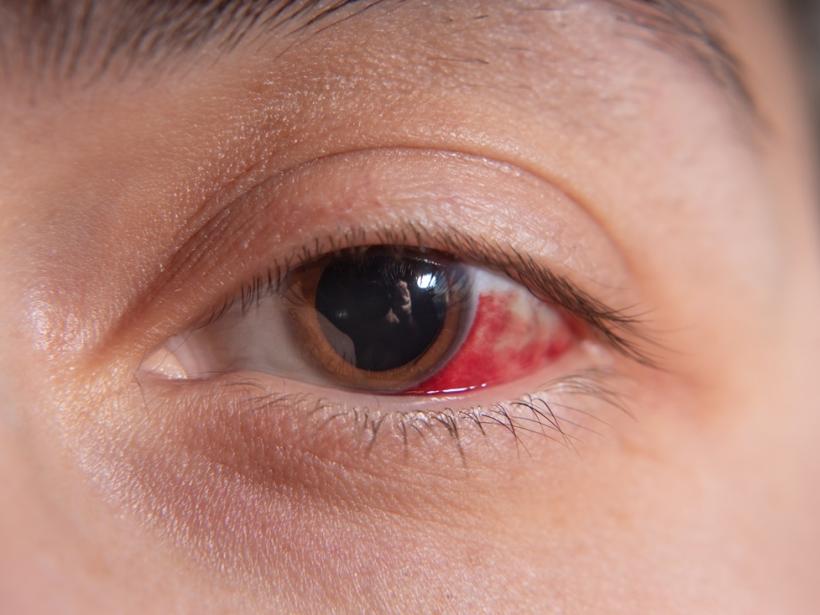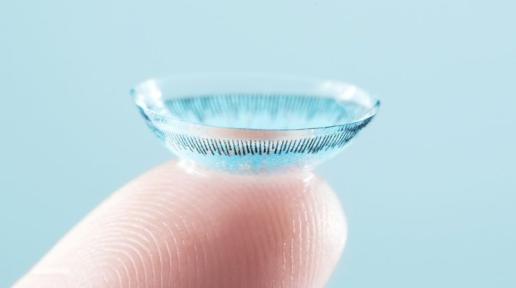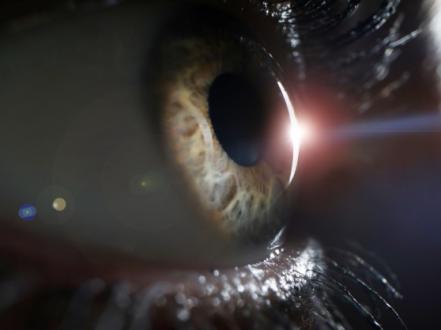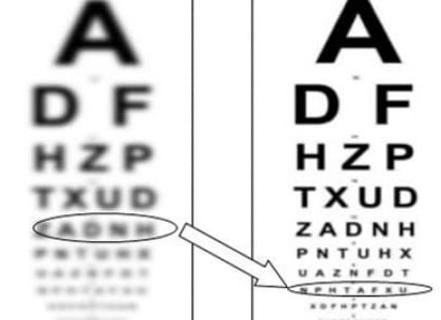Common eye ailment, often called conjunctivitis or pink eye, may be caused by allergies, germs, and viruses among other things. Although many people assume the problem is just related to seasonal elements, it is important to understand the different signals of every kind. For example, the bacterial pink eye needs particular treatments and may show more severe symptoms. This disorder is typically conveyed by direct touch, not depending only on environmental stimuli. Knowing the kind of this issue—viral, allergy, or bacterial—helps to speed diagnosis and guide treatment. This page will go over the symptoms, causes, and available treatments to help you keep healthy eyes.
Learn About Pink Eye
Medically referred to as conjunctivitis, it is an inflammation of the conjunctival tissue, covering the inside of the eyelid and the white portion of the eye. Children's and adults's eye health suffers as a result of this inflammation causing redness, irritation, and pain. Usually classified into three forms depending on its causes, conjunctivitis can be as follows:
- Usually resulting from the same viruses causing colds and other respiratory diseases, the viral type is very infectious. It usually clears on its own, however, it could also produce itching and runny discharge.
- Often brought on by germs like Staphylococcus or Streptococcus, the bacterial type usually causes thick, yellow discharge and may call for antibiotic therapy.
- Triggered by allergens like pollen or pet dander, the allergic type is not infectious and causes extreme irritation, redness, and tears.
How Pink Eye Gets Started
Knowing “how does pink eye start” can assist in stopping its spread and safeguarding your eye health. Particularly in the viral and bacterial varieties, conjunctivitis is very infectious and readily passed from one person to another. It usually starts when someone comes into touch with an infected surface—such as a towel, doorknob, or even a handshake—and then contacts their eyes. Regarding the viral form of conjunctivitis, respiratory droplets from coughing or sneezing might also help to transmit the infection.
Conversely, bacterial one may result from inadequate hygiene—that is, by touching your eyes with unclean hands. Sharing personal objects like cosmetics or contact lenses could potentially bring germs into the eyes. Once infected, people should avoid close interaction with others to stop the spread as they are infectious for many days.
Stopping the epidemic mostly depends on good hygiene and avoiding shared personal objects.
Eye Infection Symptoms
Early on, pink eye shows obvious signals that depend on its origin. Typical early symptoms include redness, itching, tearing, and discharge. Though generic, these symptoms might provide hints about the kind of conjunctivitis—viral or bacterial.
Usually beginning with redness and extreme tearing in one eye, viral conjunctivitis is frequently accompanied by a watery discharge. Highly contagious, it may also affect the opposite eye. Often more general, the irritation affects the whole eye region.
Conversely, the bacterial form often results in thicker, yellow, or green discharge that may crust over, especially during sleep. Usually, it produces great discomfort and affects both eyes.
Causes and Treatment for Bacterial Pink Eye
When dangerous bacteria, including Staphylococcus aureus or Streptococcus pneumoniae, enter the conjunctiva, bacterial pink eye results. Highly infectious, this issue kind may be acquired by direct contact with contaminated surfaces or sick people. Like touching your eyes with dirty hands, poor cleanliness may also bring germs to the eyes and cause an illness.
Redness, a gritty sensation in the eyes, and thick yellow or green discharge that could cause the eyelids to cling together—especially upon waking—are symptoms of bacterial issues. Unlike the viral type, which normally goes away on its own, the bacterial one sometimes calls for professional help.
Usually presented as ointments or eye drops, antibiotics are the main therapy. Within a few days, these drugs help clear the illness and lessen symptoms. Antibiotics must be taken as directed exactly to avoid the illness from resurfacing. Important first actions in stopping the spread include keeping excellent hygiene, avoiding shared personal things, and frequent hand washing.
Final Thought
Whether it's bacterial, allergic, or viral, knowing the symptoms and the reason can help greatly control the illness. See a doctor to prevent problems if you have ongoing redness, pain, or aggravating symptoms. When it comes to the bacterial issue, early antibiotic treatment might help to speed healing. Giving eye health first priority via quick action and good cleanliness guarantees speedier relief and protects others from disease.






